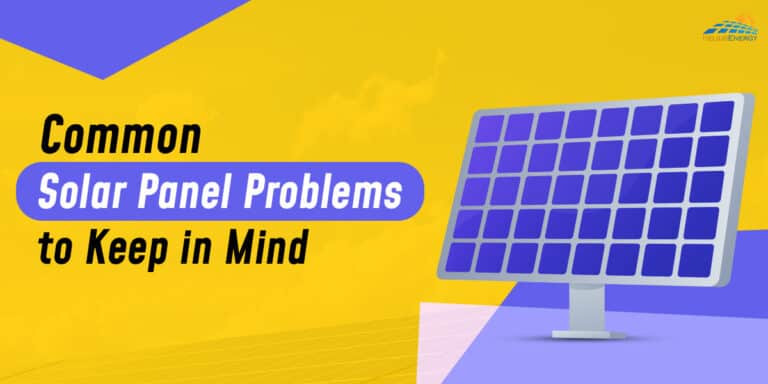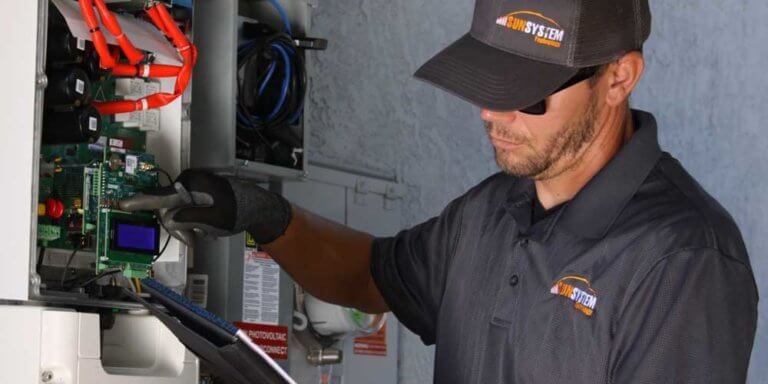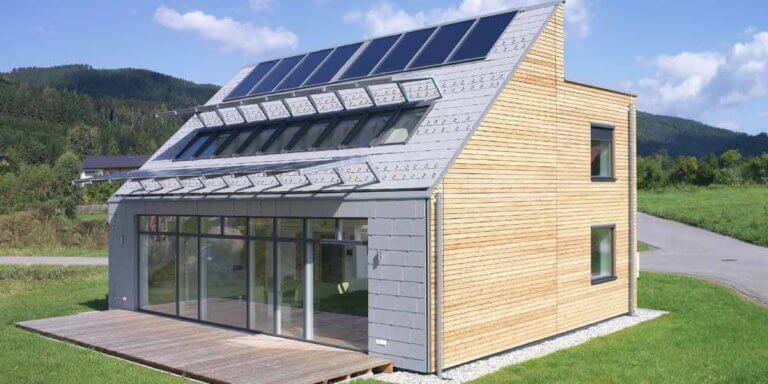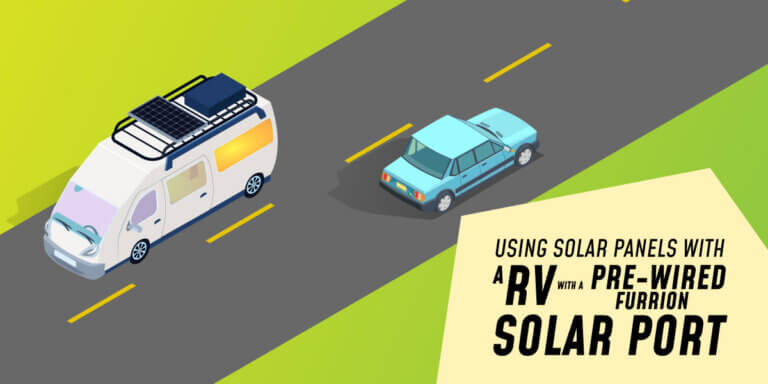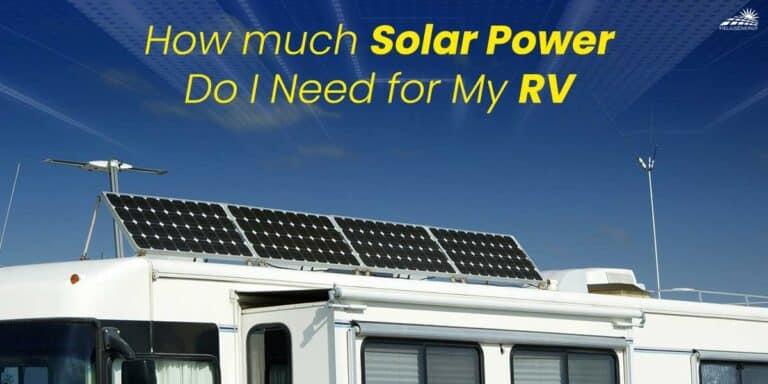Can I Repair a Broken Solar Panel? What Happens to a Broken Solar Panel?
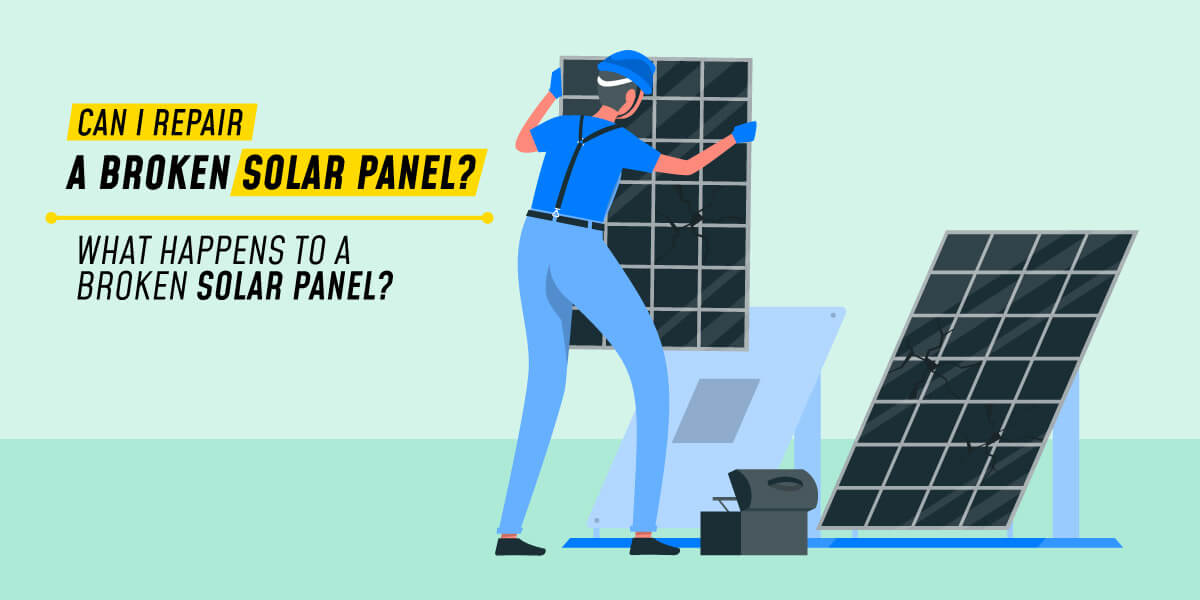
Imagine your enthusiasm when you switched to solar for the first time, expecting solar panels to last and to serve you for 25 years uninterrupted. Suddenly one day, five years in, you find a massive crack on the solar panel.
What do you do? Is it time to bid farewell to your broken solar panel, or is there a way to salvage it? We usually deem it useless when something is cracked, but it might not always be the case. It can be a confusing prospect, wondering what to do with your cracked solar panel, and that is where this article comes in.
Causes of Broken Solar Panels
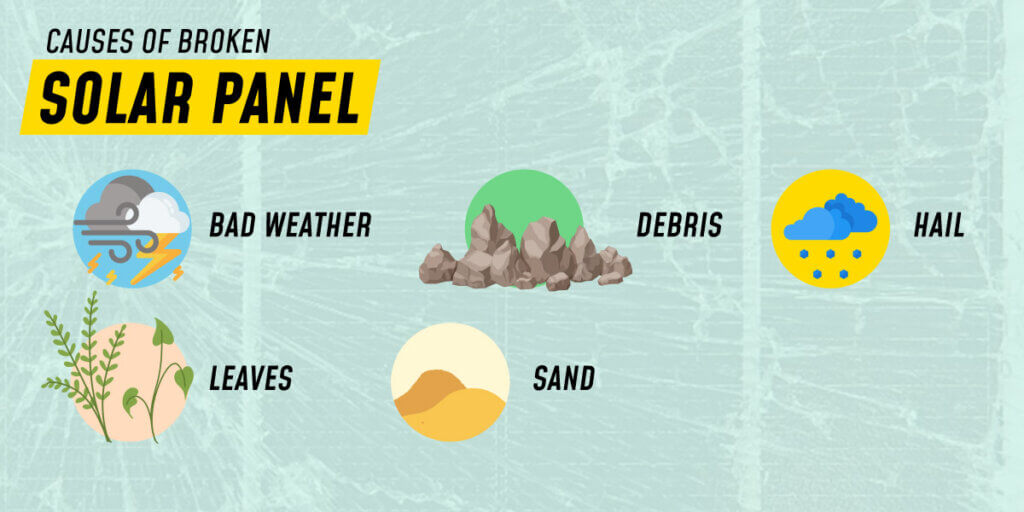
Usually, broken solar panels are a result of bad weather, be it damage caused by hail, extreme winds, climate debris, and the like. Alternatively, damage caused by a tree limb falling during a storm is not a surprise. Leaves, twigs, dirt, or sand blown across the solar panel glass is one of the most common causes of a broken solar panel.
What starts as micro-scratches quickly turns into accelerated degradation over time, resulting in lesser and lesser solar energy being absorbed. One of the other causes of damaged solar panels is hand-to-hand transportation during maintenance and installation.
The solar panel frame can be bent while being carried around. As you can expect, the glass, aluminum, or PV cell hardware is not meant to be bent or flexed so that any unintentional damage can be permanent.
Water damage due to old or deteriorated seals is yet another way your solar panels can go out of order. If you lose a good seal, it is akin to springing a leak on your home’s roof. It will become impossible to stop moisture from coming in, leading to internal corrosion. And, of course, you have your good ol’ lightning strikes that are understandably detrimental to your panels.
Can A Broken Solar Panel Be Used?

Solar panels usually continue producing current events after they are cracked, though it is expected to operate at less than maximum voltage. If a functional panel is defined as one that produces current, a broken panel does work, for rarely are the solar cells destroyed by a cracked panel.
The cells are the most critical components, so if they work, you should be good to go– theoretically, at least. Your panel performance will drop in proportion to the damage. For 10 to 20% of damage, you will notice that much drop in your panel’s voltage.
It would help if you worried about whether the crack might have compromised the solar panel’s safety. Electricity and water pose a safety hazard, especially if mixed. A cracked solar panel is a perfect way for water to seep inside the panels.
While modern panels can resist environmental conditions, you must still have them inspected if there are any concerns. That is the easiest way to gauge if the panels are still safe for you to use.
A voltmeter can be a great way to quickly test your solar panels’ output to understand whether they’re working. This device can detect the flow of electricity by touching the prods to your panels’ terminals. They can show how many volts your panels are producing. If there is no current, you’ve got a dead panel.
It’s a good idea to compare how much voltage you see on your voltmeter and the manufacturer’s specifications. Panels usually don’t produce maximum voltage, even when fresh out of the box. But a panel must produce about 95%, if not more, of its maximum rated output (assuming it is under direct sunlight).
Repair or Replace Broken Solar Panel?
First and foremost, take a long hard look at the affected area to spot if there are cracks. It might not be visible from a curb or a distance, so get up close and take some photos, if it helps. Any cosmetic damage must not be a concern, but replacement might be in order if you notice a surface scratch.
If you know what your net energy production per month is, and if you usually produce more than you use, losing some output is not a concern. If there are no safety concerns, you should continue using them.
But if you usually produce 200kWh and use 185kWh, you might not afford to lose much, and replacement might be the best course of action.
How to Repair A Broken Solar Panel Glass?
You could be faced with a number of challenges that might compromise the functionality of solar panels. Harsh weather like winter might cause damage that will lower the amount of energy produced by solar panels.
You can repair minor issues ailing your panels by following a few best repair practices. The most effective way is proper maintenance through and through.
Ensure the solar panel glass is debris-free, and use warm water while cleaning the panels. The panel will be already warm due to sunlight exposure, and using warm water will be much more effective in removing dust and general dirt.
Contact with cold water often leads to breaking. The stark temperature contrast becomes too much for solar panels to handle, and they often fall apart.
If your locality experiences a storm or snow storm, the chances of damage from falling trees, branches, and snow and other general debris are high. This can cause the glass to shatter or covered in snow. You can get a glass cover that will be attachable by an adhesive that protects the solar cells from damage during extreme weather conditions.
You can also clean the snow off the solar panel to maintain it properly. You can get your solar panels waterproofed as well. But replacement might be the only option if it is a large break. In such cases, getting in touch with a local solar panel repairing professional is the best way out.
Conclusion
Never undermine the importance of efficiency in maintaining a healthy solar system at your home. Regular maintenance and inspection can proactively address all concerns and ensure a much longer lifespan for your solar investment.
In short, avoid installing solar panels near large trees where branches could have an impact during storms or extreme winds. And be on the lookout for broken seals that can let moisture inside the cracked glass and cause internal corrosion, among other safety hazards. You should be good to go if your panels are well maintained!

